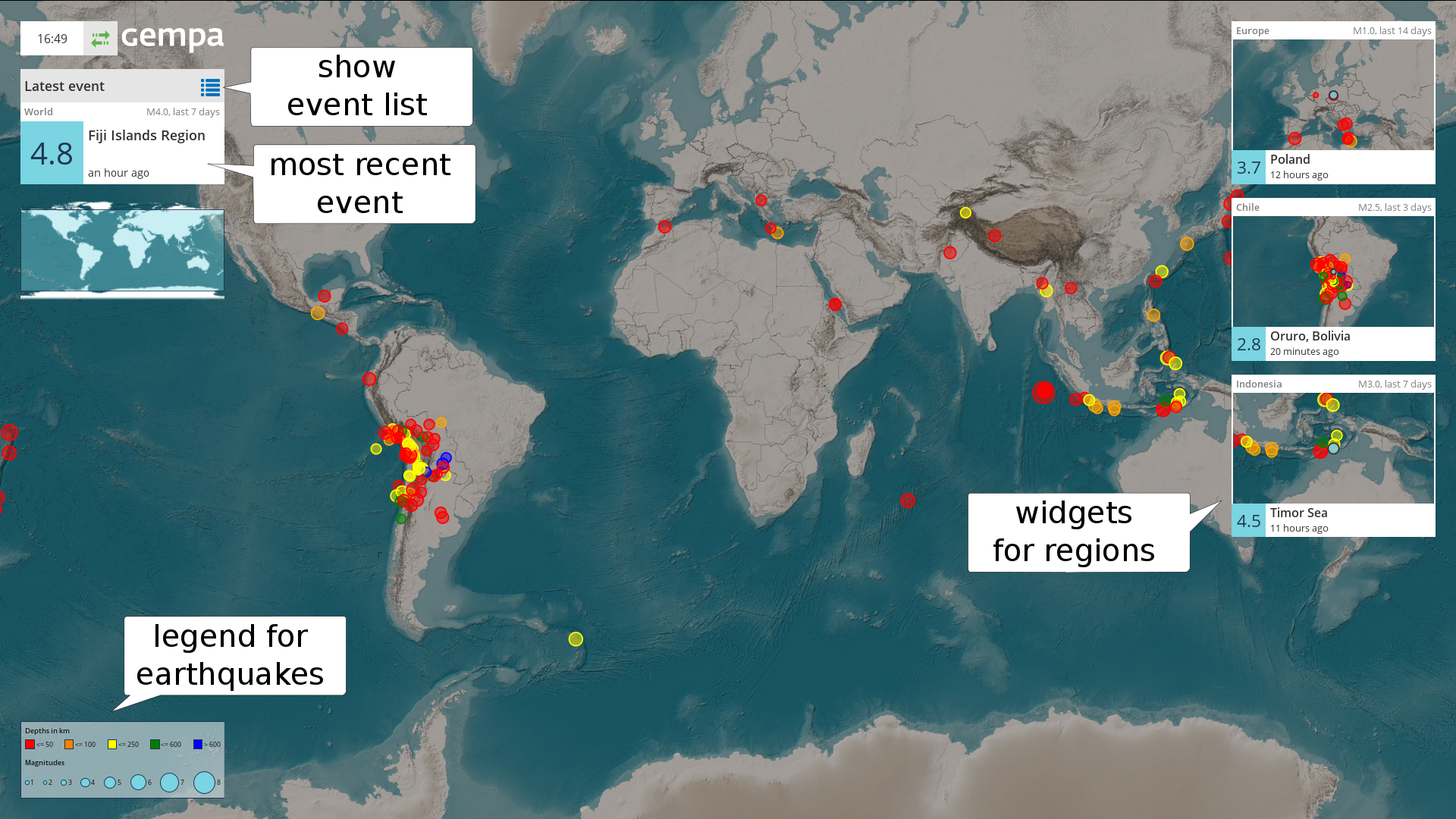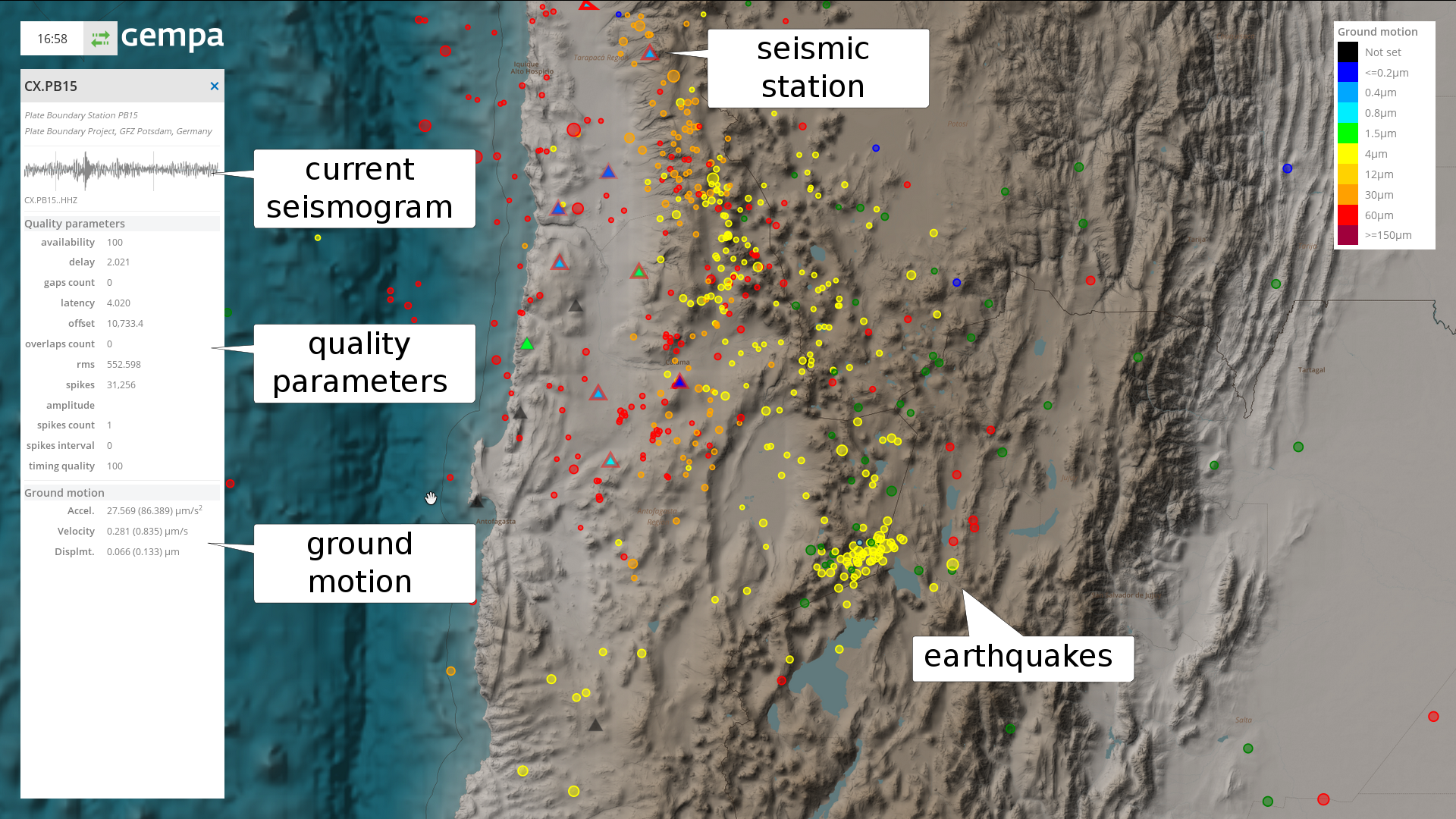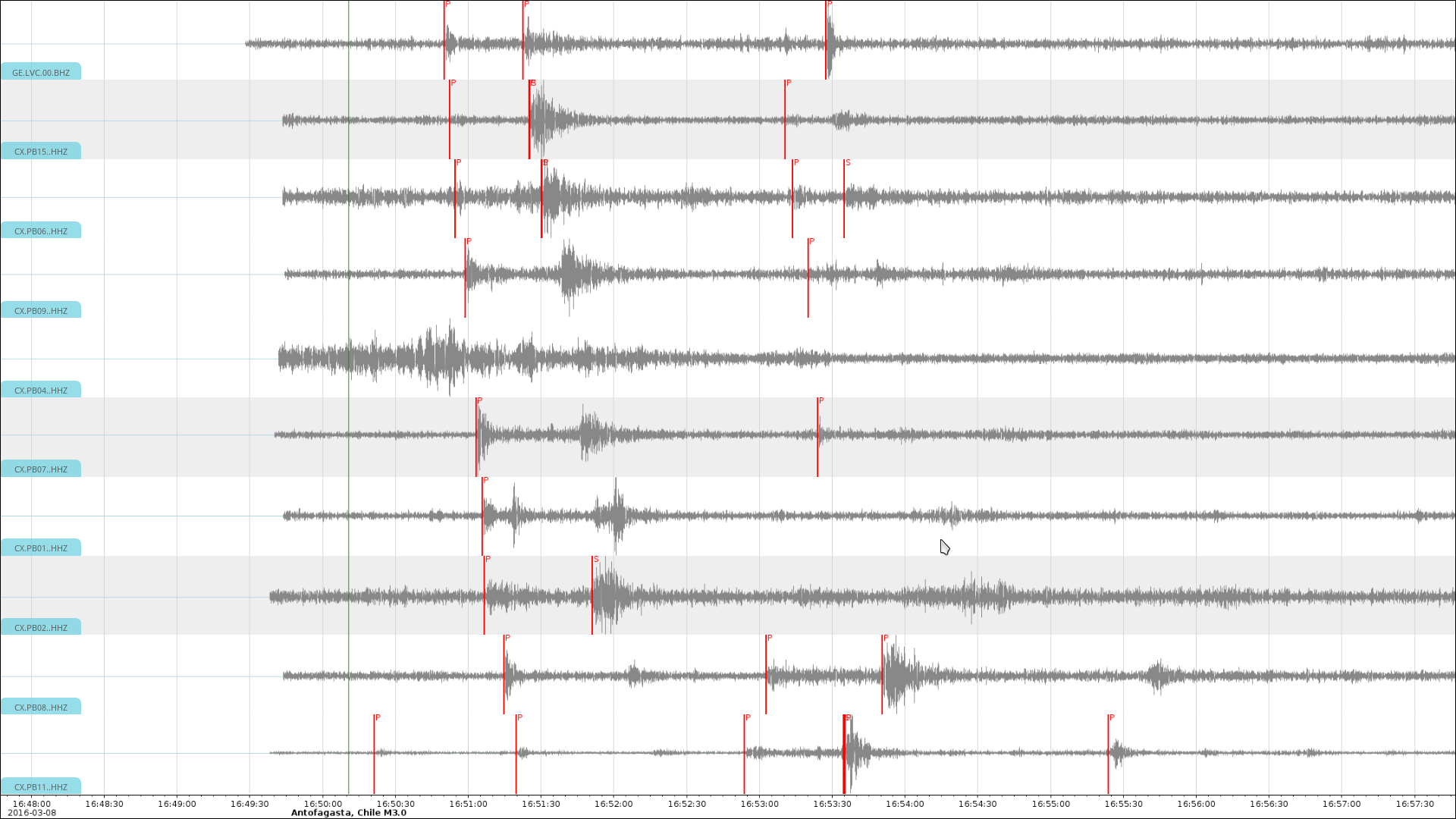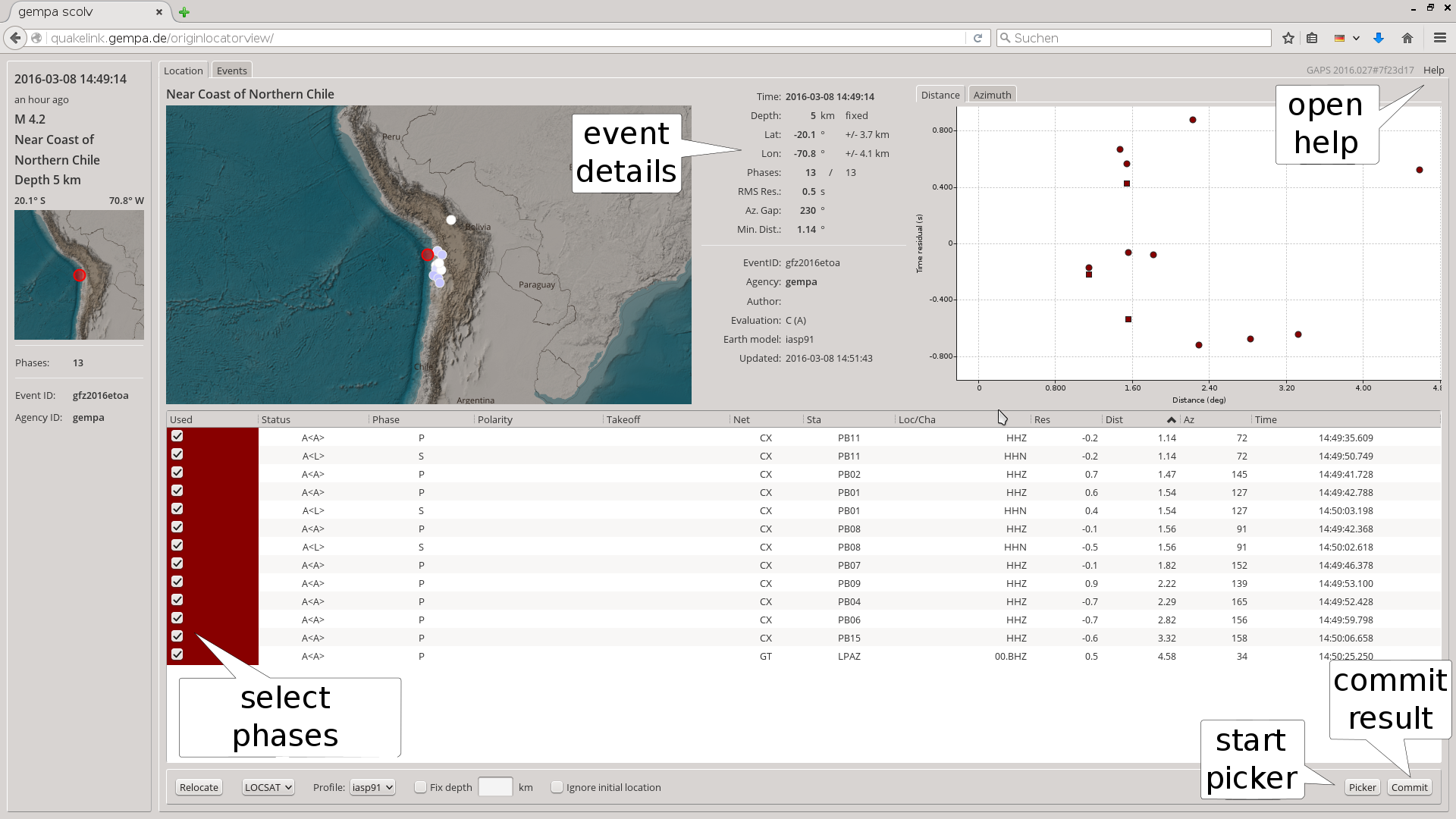gaps documentation¶
This is the documentation for the gaps package in version .#.




EQView with event widgets and event details
StationView with station and event details
TraceView with interactive filtering and event notifications
OriginLocatorView for analyzing events in detail